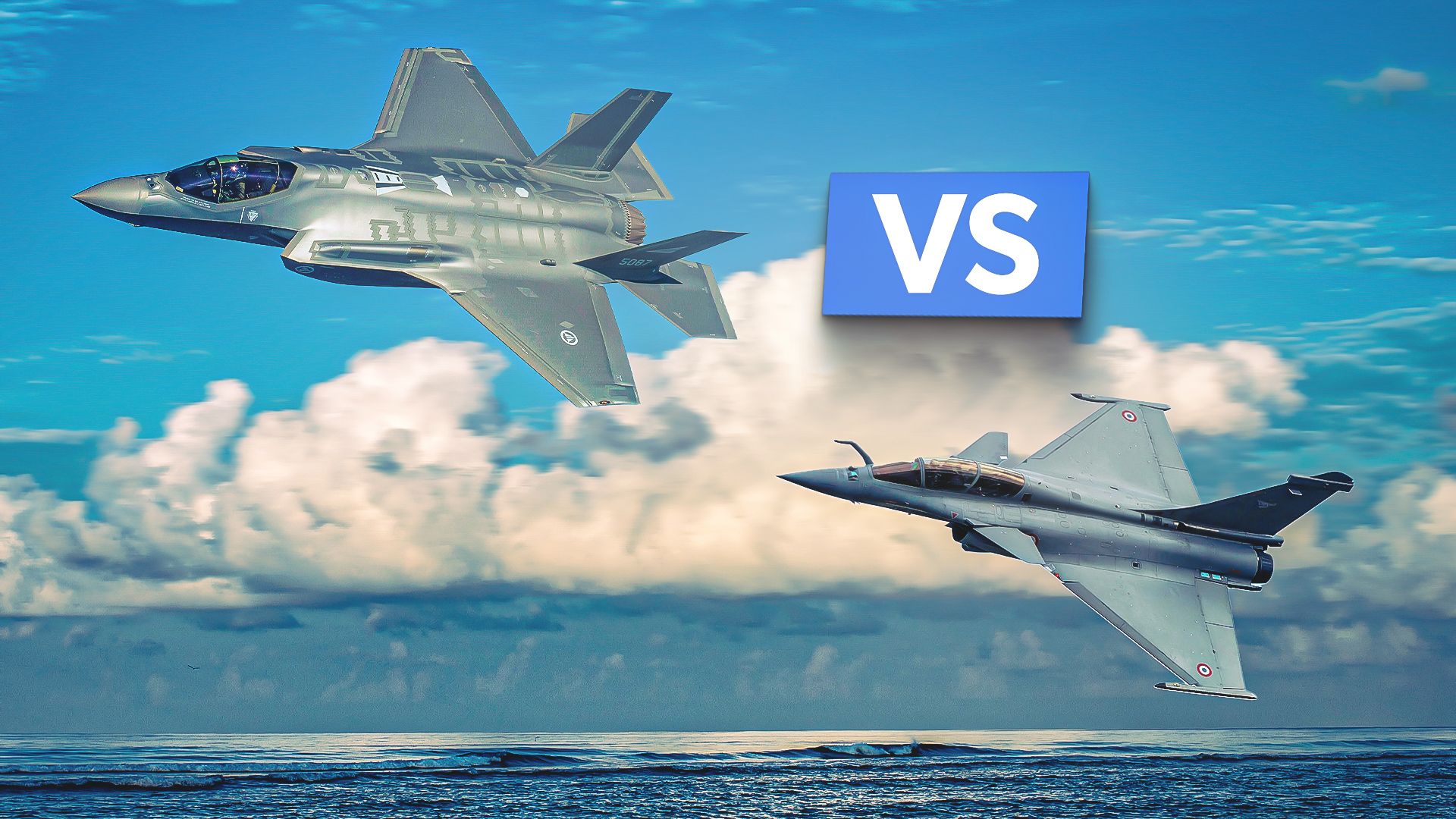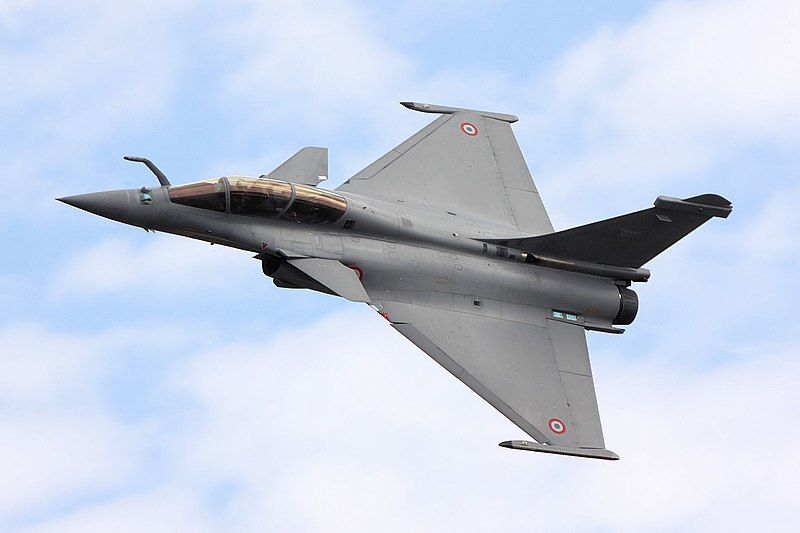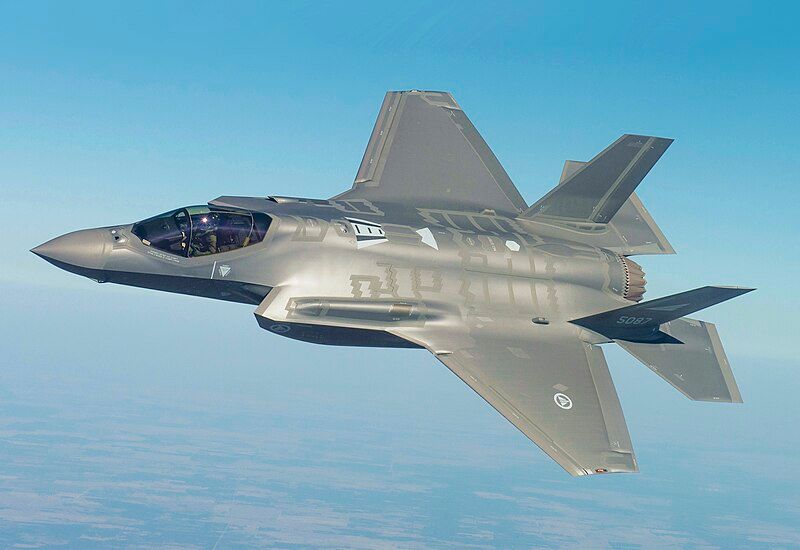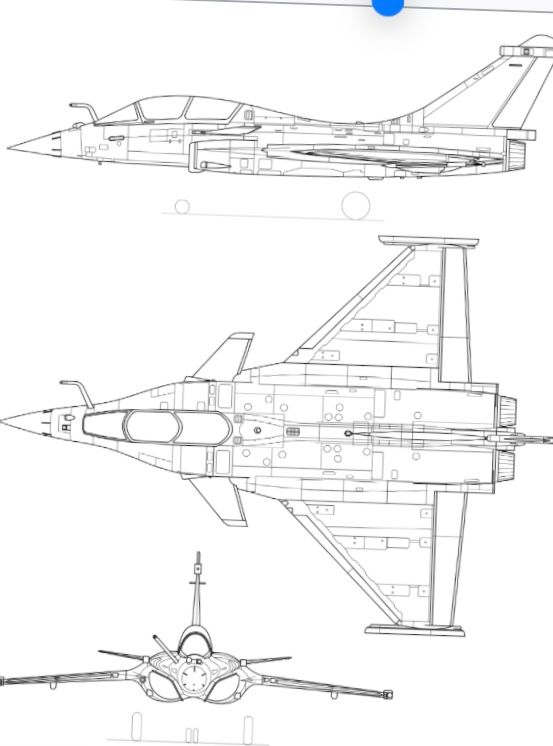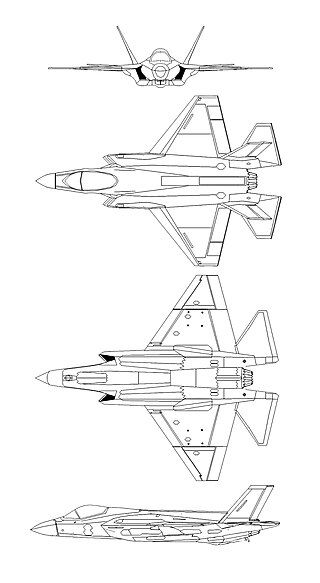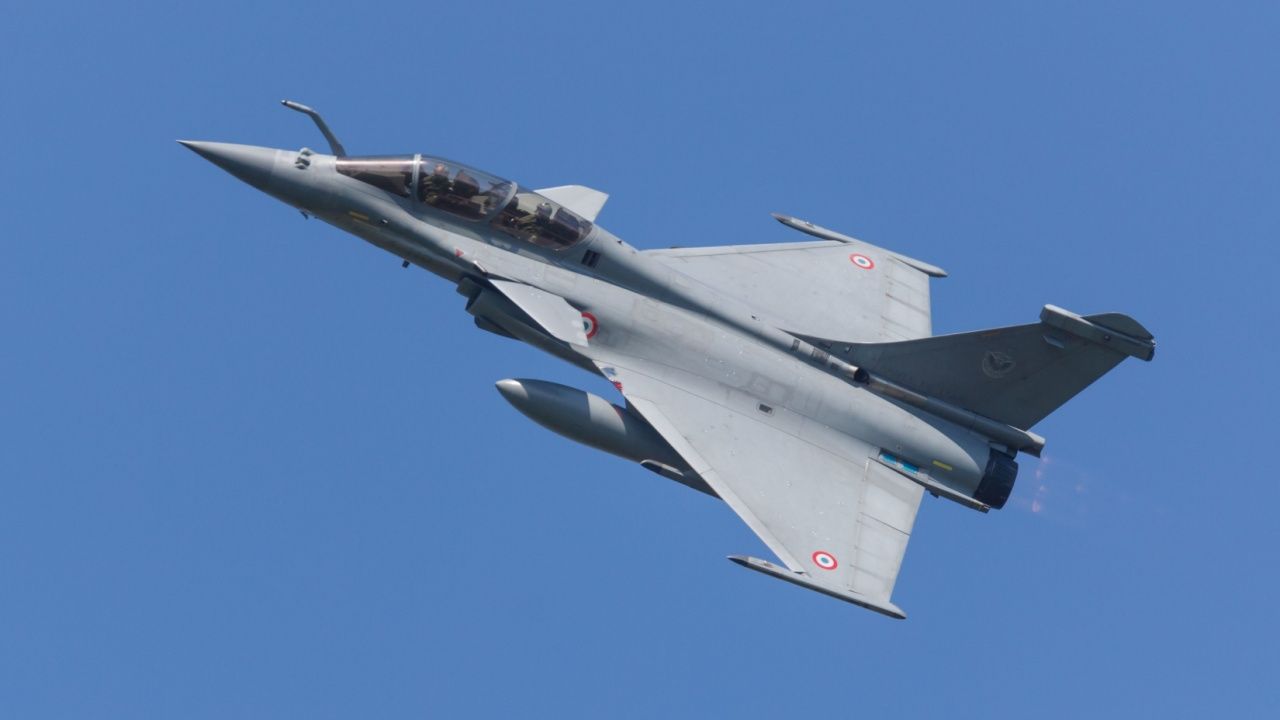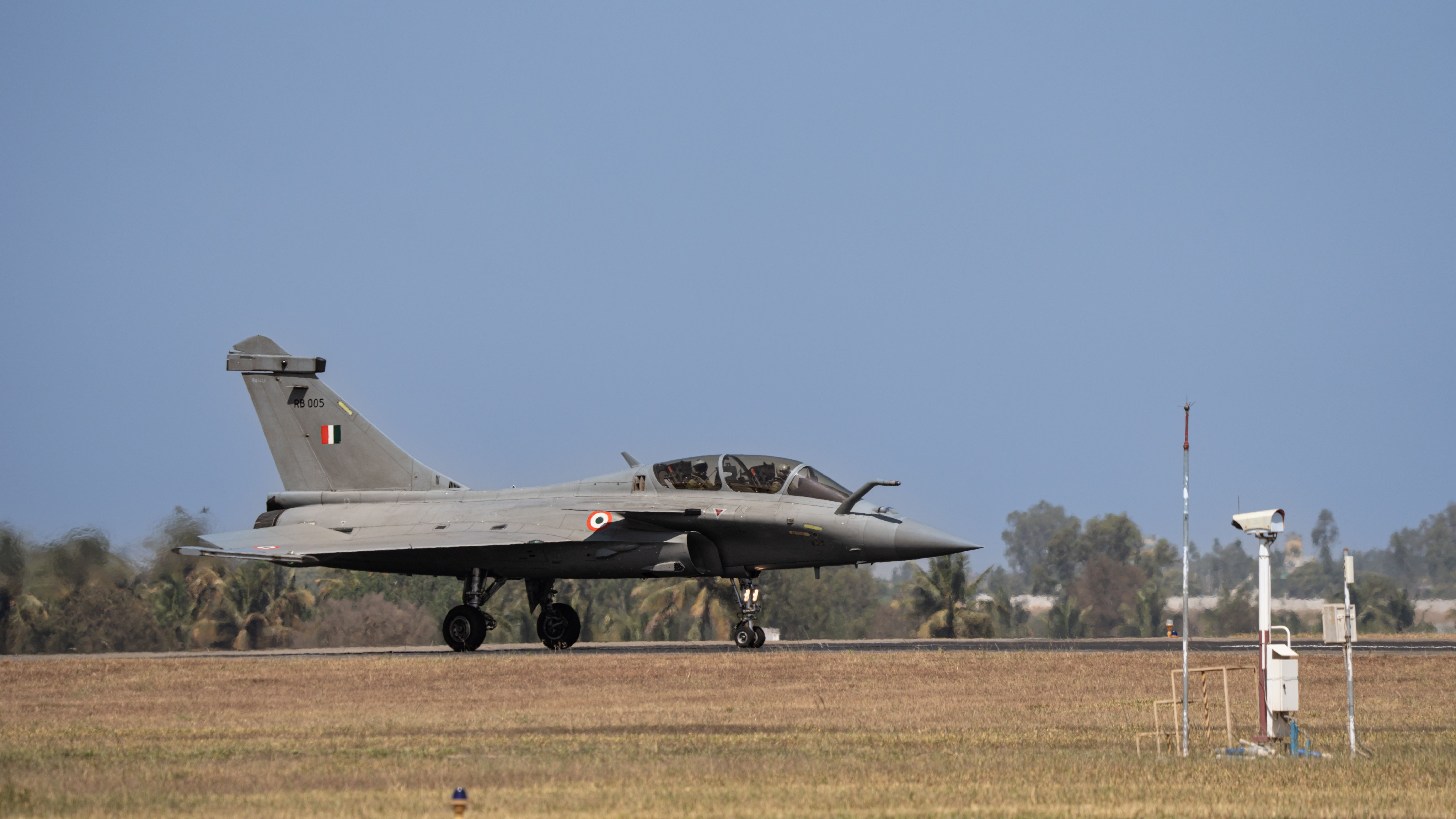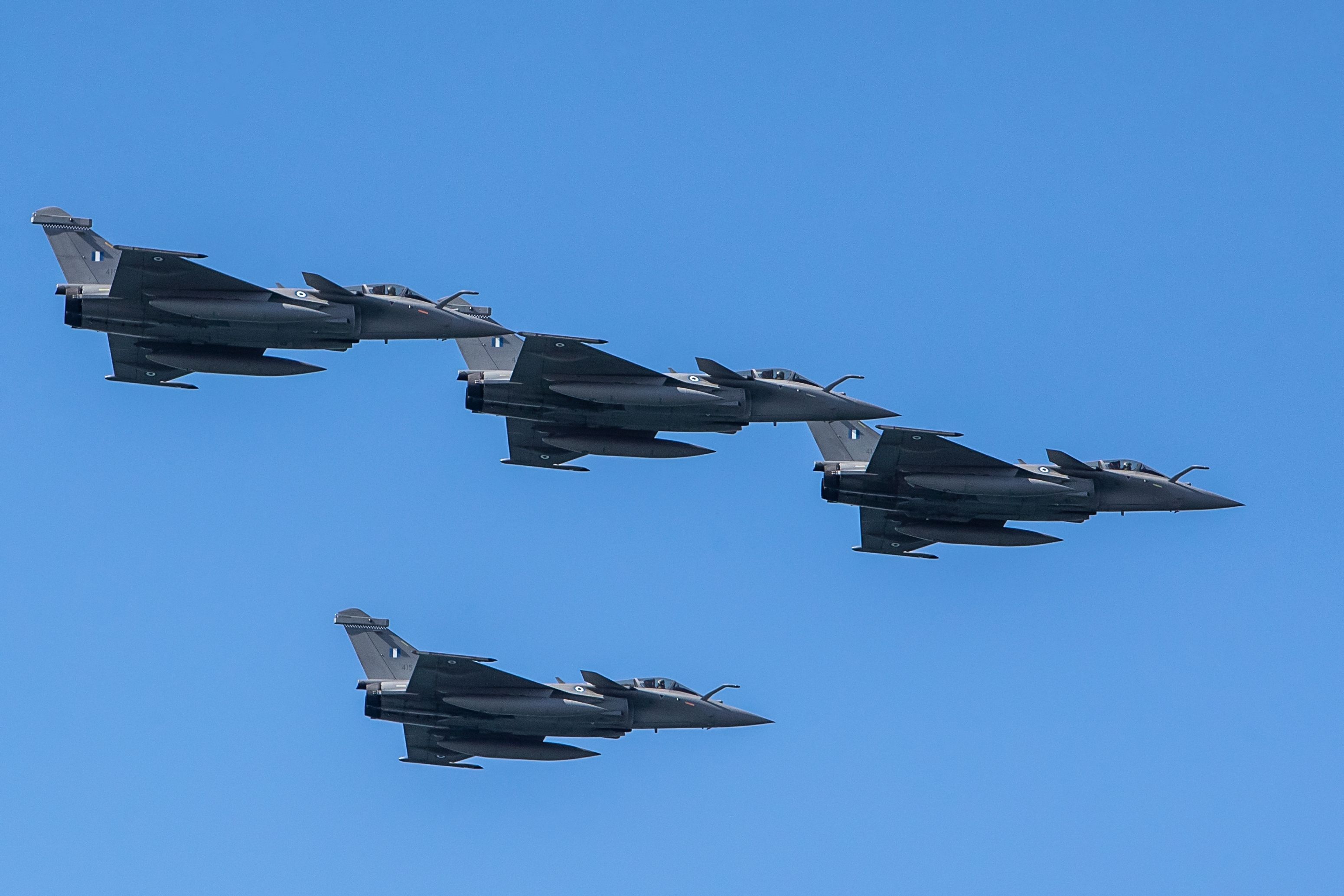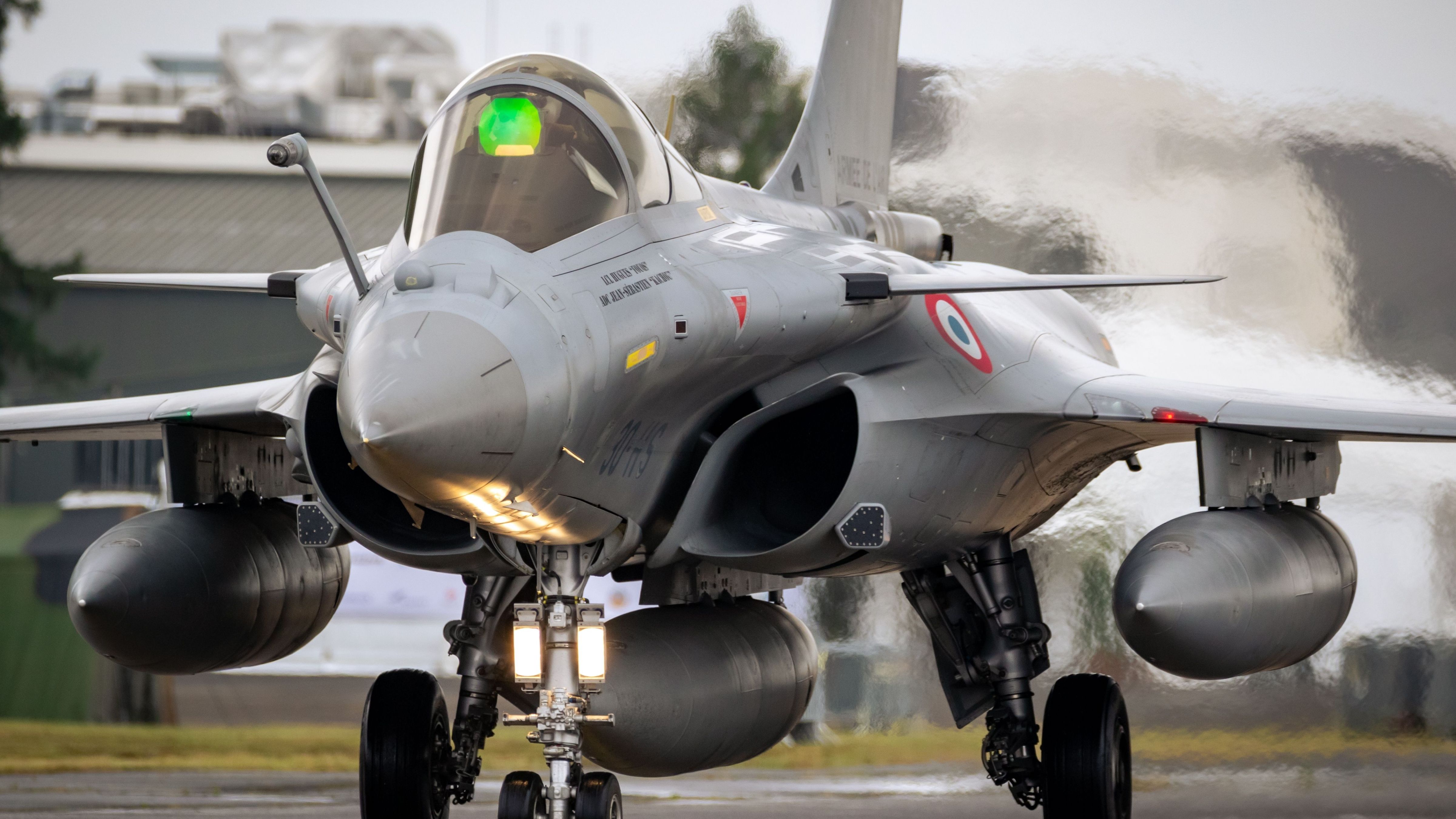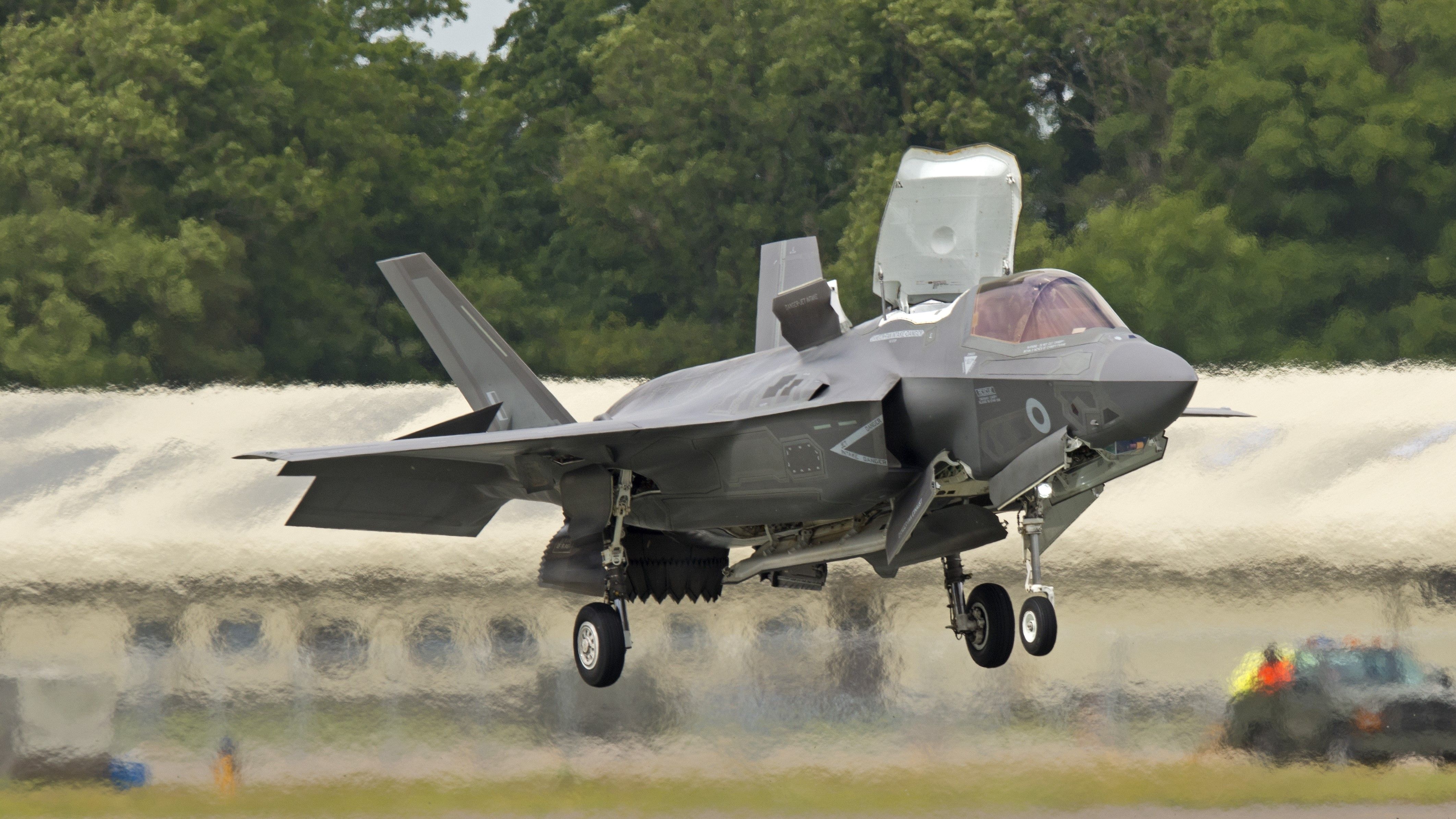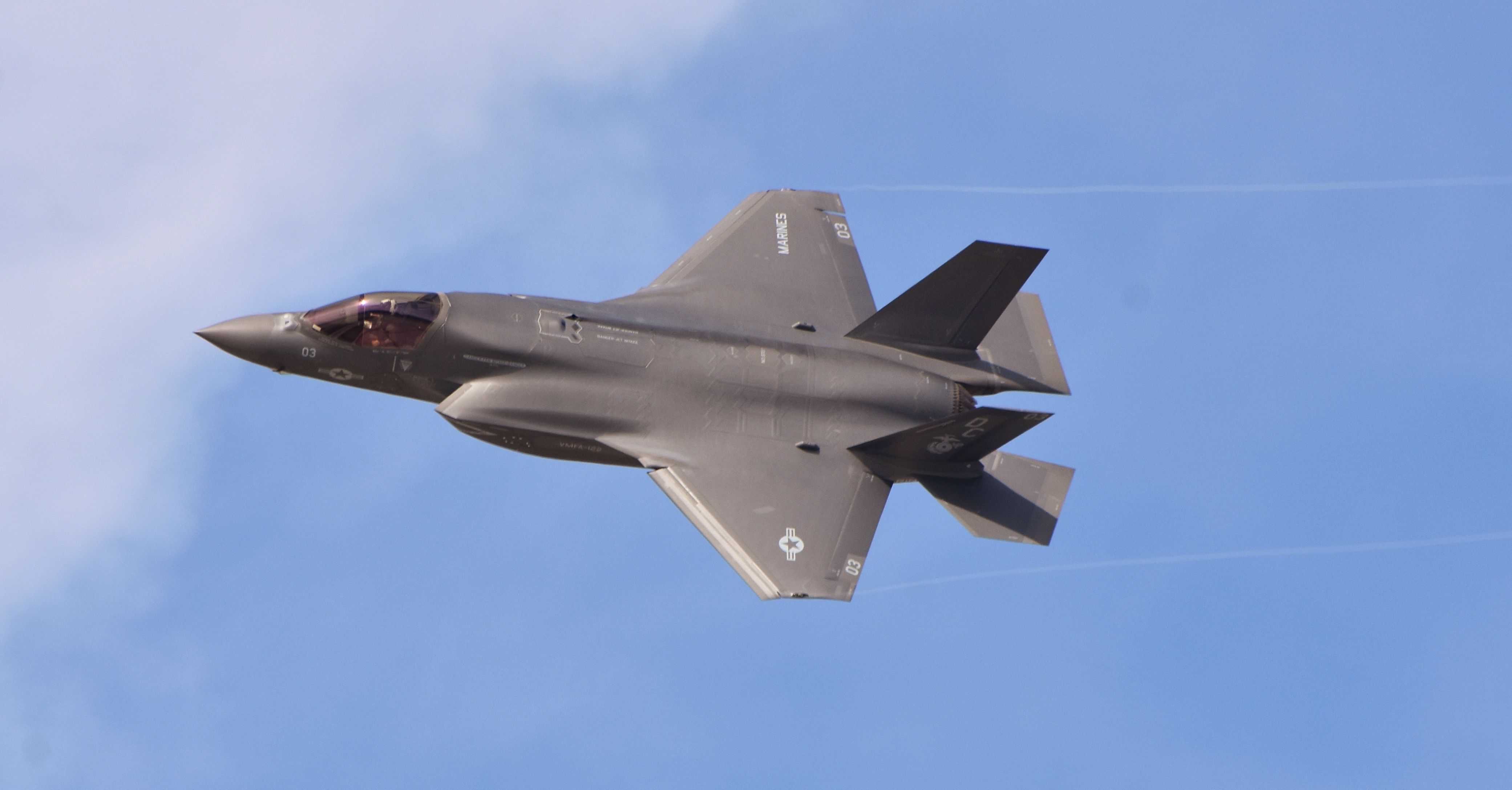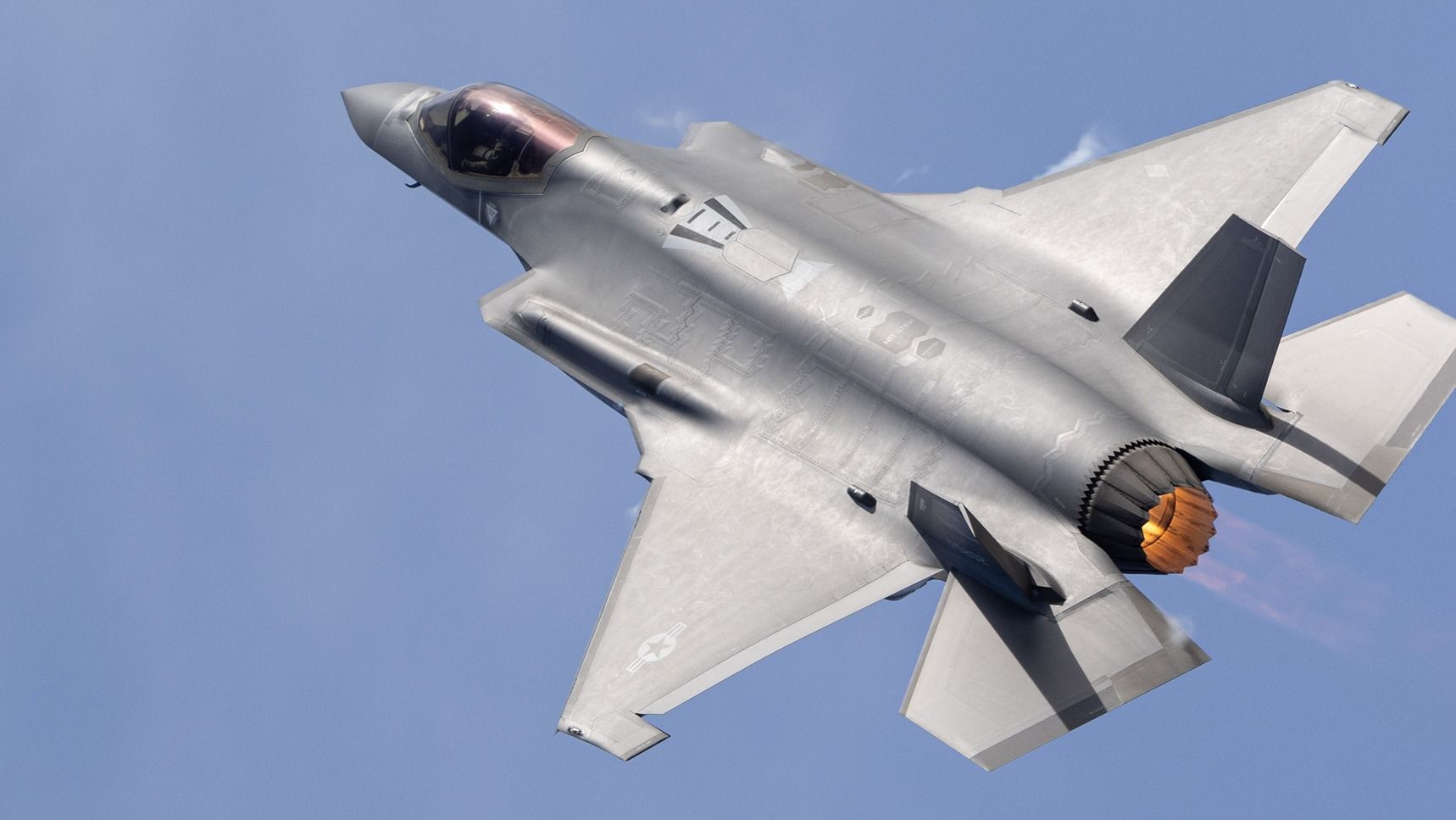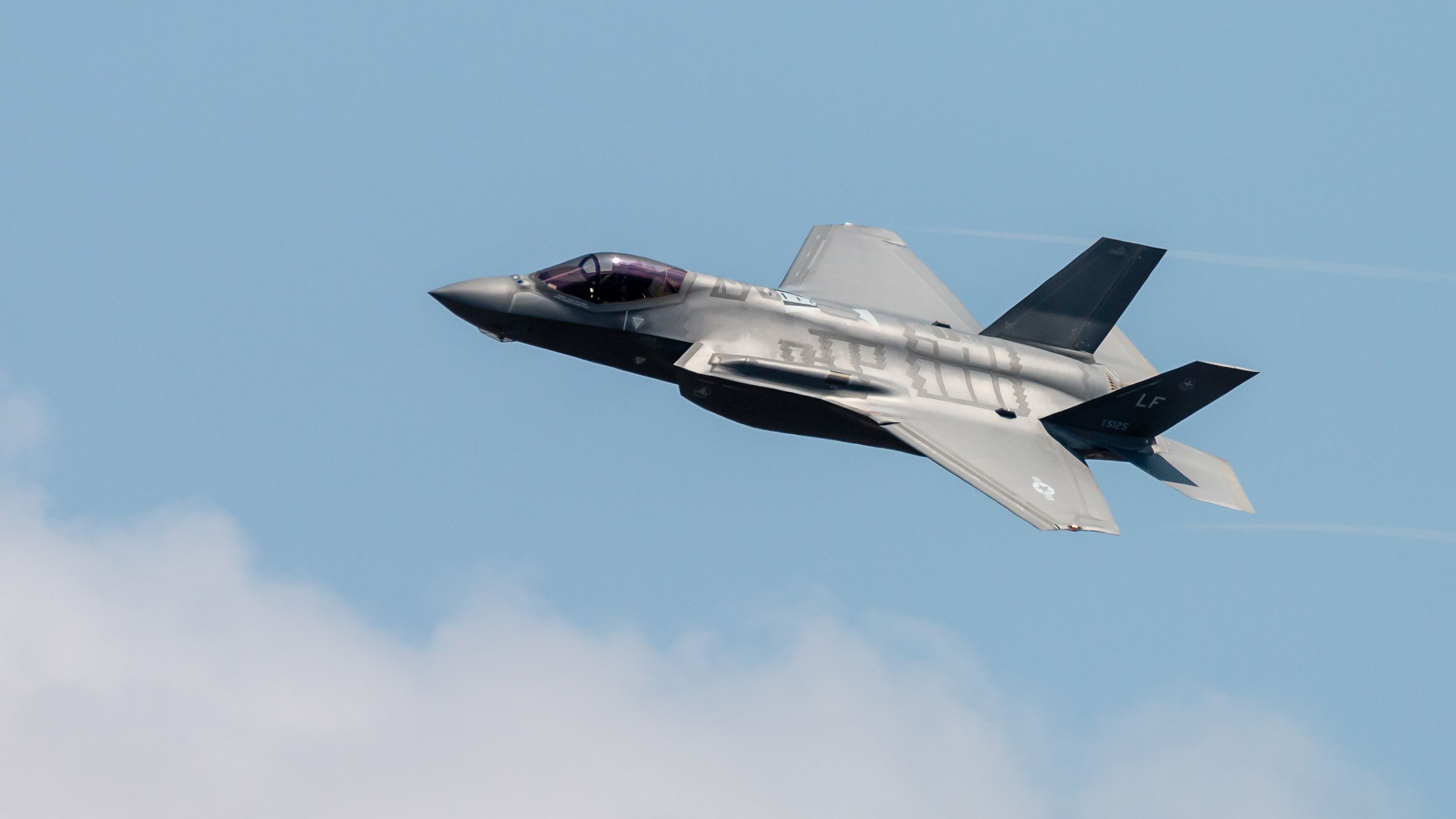SUMMARY
- The Dassault Rafale has advantages over the F-35 in speed, range, and climb rate.
- The F-35 is a newer airframe, but the Rafale has adapted to modern warfare.
- The F-35 is preferred for cost, interoperability, and stealth tech advantages.
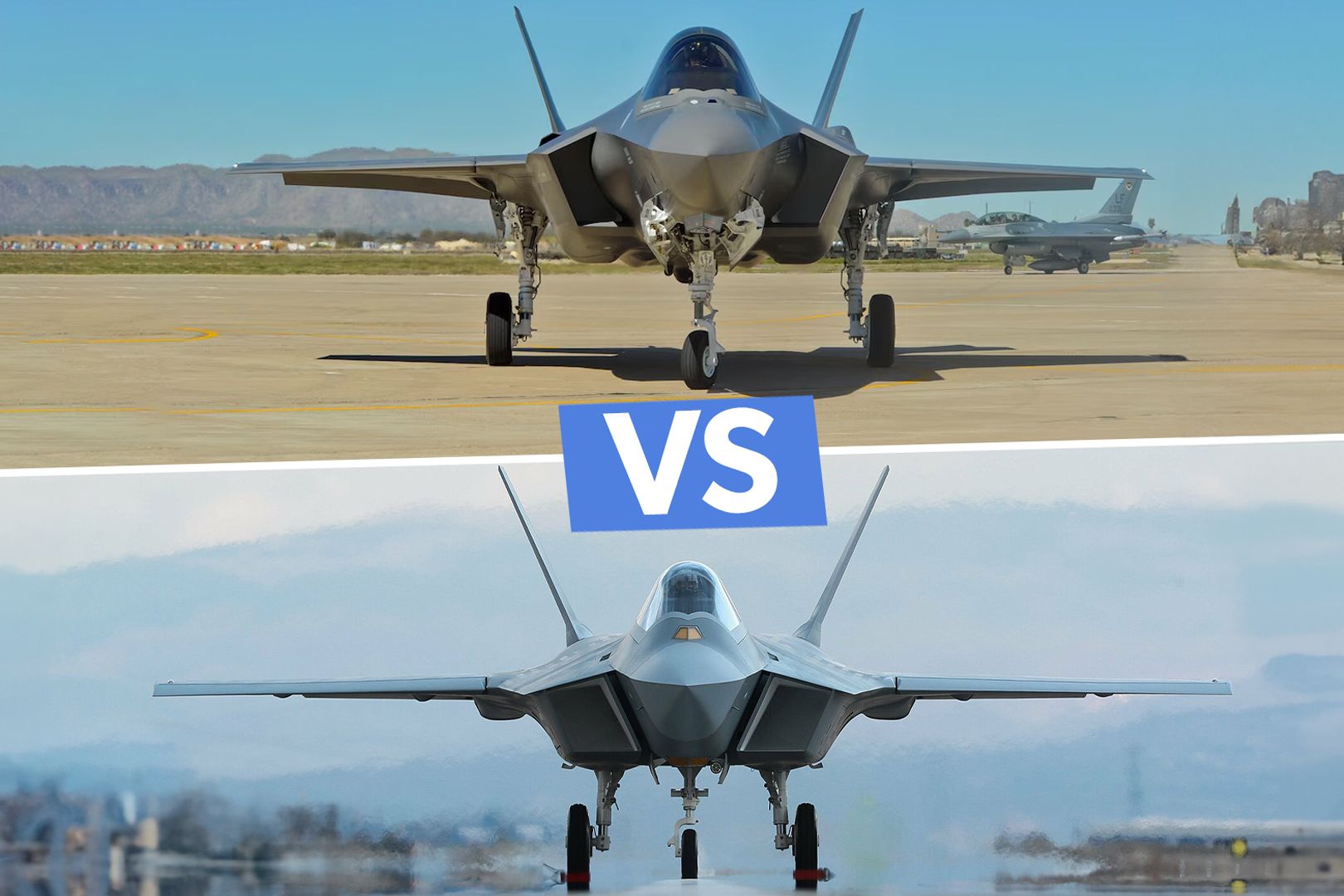
RELATED
Turkey’s KAAN Fighter vs US F-35: A Closer Look At Feuding Fighter Jet Capabilities
In spite of Turkey’s ties with Russia, it remains a U.S. ally via NATO. Now, its KAAN fighter is attempting to rival America’s F-35.
Lightning II vs. Rafale head-to-head specifications
Might as well start with the so-called “Tale of the Tape,” i.e., a side-by-side comparison of the two fighters’ basic vital stats:
| F-35A | Rafale C. B. and M | |
| Powerplant: | 1 × Pratt & Whitney F135-PW-100 afterburning turbofan, 28,000 lbf (125 kN) thrust dry, 43,000 lbf (191 kN) with afterburner | 2 × Snecma M88-4e turbofans, 50.04 kN (11,250 lbf) thrust each dry, 75 kN (17,000 lbf) with afterburner |
| Max Airspeed: | 1,199 mph (1,930 km/h) | 1,383 mph (2,225 km/h) |
| Range: | 1,379 mi (2,220 km) | 2,299 mi (3,700 km) |
| Serving Ceiling: | 50,000 ft (15,240 m) | 51,952 ft (15,835 m ) |
| g Limits | +9.0 | +9 −3.6 (+11 in emergencies) |
| Rate of Climb: | 45,000 ft/min (228.6 m/s) | 60,000 ft/min (304.8 m/s) |
| Armament: |
|
|
The Case for the Rafale
So, going by the above table alone, it would seem that the Rafale has almost all the advantages over its American counterpart. Speed, range, service ceiling, and rate of climb are all in favor of the French warbird. The Rafale has two engines, which means if one engine flames out, at least there’s a backup that the pilot can fall back on to attempt a safe return to base, while the single engine on the F-35 means that in case of engine failure, the Lightning driver is SOL (short on landing).
Last but not least, the Rafale has not generated the controversies over cost overruns and reliability issues that have plagued the F-35 so heavily.
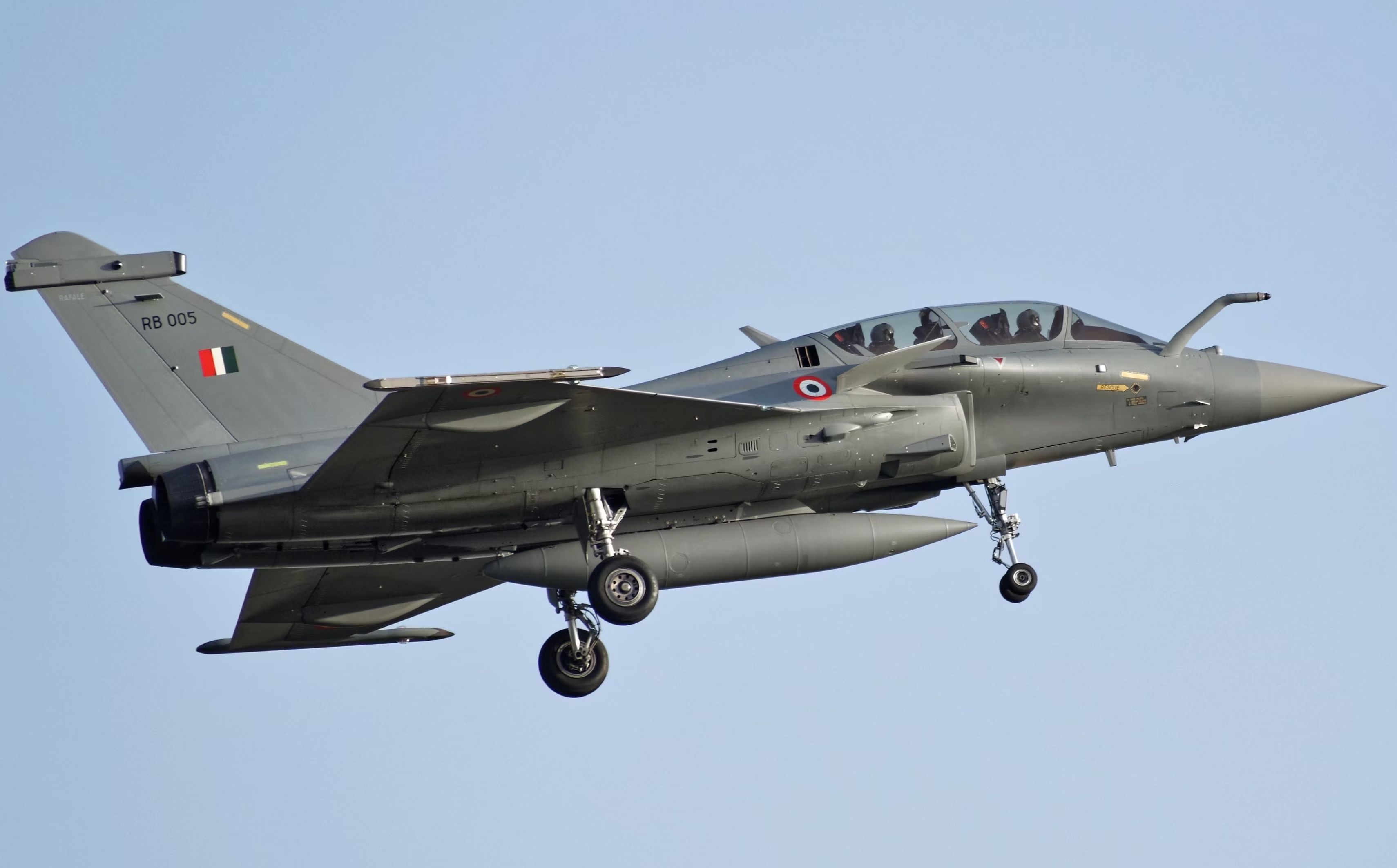
RELATED
French Fighter Jet: What Are The Dassault Rafale’s Different Variants?
The French-built fighter brings a lot to the table.
So then, it would seem that the Rafale wins head-to-head despite all the hype surrounding the Lightning II. Or does it?
The Case for the Lightning II
In the immortal words of ESPN College GameDay’s legendary commentator Lee Corso, “Not so fast, my friend!”
For one thing, despite the Rafale’s impressive features, it’s still a 4.5 Generation fighter. Though it has a significantly reduced radar cross-section (RCS), it still has a higher-profile RCS than the 5th Generation F-35. Also to the F-35’s advantage is its bona fide stealth fighter status. The ability to avoid detection by enemy radar, whether ground-based radars or those of enemy aircraft, cannot be underestimated. With China and Russia both having developed stealth fighters, the air forces of America’s allies in the Atlantic and the Indo-Pacific alike cannot afford to be left behind the power curve in that arena.
And though one of Indiana Jones’s most famous movie lines is “It’s not the years, it’s the mileage,” the fact remains that the F-35 is the newer warbird on the scene: it made its maiden flight in 2006 and first went operational in 2015; by contrast, the Rafale A is late 20th-century vintage, making its maiden flight in 1986, followed by the Rafale C in 1991, going operational in 2001. This translates to normal wear & tear setting in sooner for the Dassault. And as Arva Mevlutoglu stated in a February 2022 article for Politics Today:
“The F-35 and the Rafale are very modern and capable combat aircraft, but the Rafale was designed in the 1990s, which means it is adapted to the requirements of modern air warfare through upgrades. The F-35, on the other hand, is developed along these concepts and requirements from the very start.”
Because of those aforementioned cost overruns with the F-35, I naturally thought the Lockheed Martin was more expensive than the Dassault product. So, imagine my surprise when I came upon this passage in a January 2023 article by Siddhant Sandhu in SSBCrackExams:
“Despite being more advanced and slightly heavier, the F-35 is less expensive to acquire due to economies of scale and more efficient production; the aircraft sells for around $140 million for export, whereas the Rafale has sold for around $245 million per airframe…Every contract for which Rafale competed with the F-35 in developed economies was lost.”
As for the F-35’s reliability issues, as I’ve noted in more than one previous article on that fighter, foreign users of the plane – from Australia to Israel to Japan to South Korea, to name a few examples – have not encountered these problems with the jet. They’re quite happy with the fighter’s performance. This brings us to another point made by Arva Mevlutoglu, that of the interoperability advantages that the Lockheed plane brings to the table.
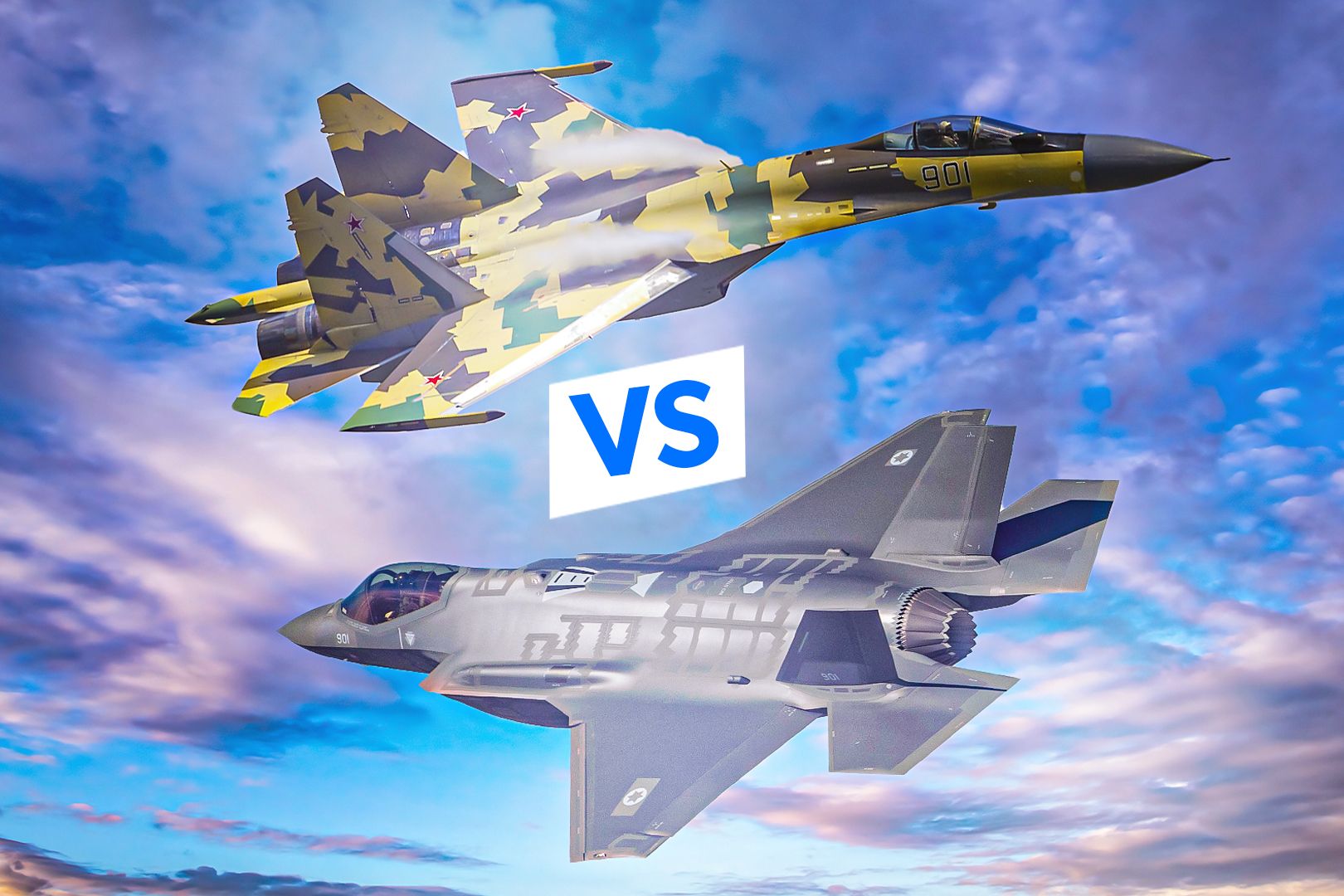
RELATED
Israeli F-35I Adir Vs Russian Su-35: How These Fighters Stack Up
The Adir and Super Flanker share the same last two digits. But how else do the Israeli-American and Russian jet fighters compare & contrast?
To quote Siddhant Sandhu:
“To be honest, it’s difficult to choose between the two, but depending on one’s needs, things can be narrowed down.”
In my view, for all of its warts and teething issues, the vote of confidence by many countries using the jet, along with the technological edge provided by stealth capability, tips the balance in the F-35’s favor. That said, the Dassault Rafale is still an excellent warplane.

